Motorola Moto G Pro review: a viable budget Galaxy Note?
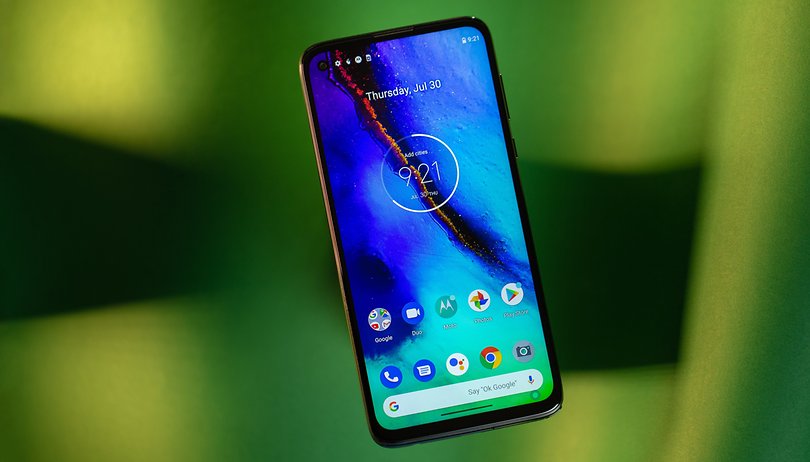

With the Moto G Pro, Motorola once again dares to venture into another unconventional concept when it comes to mid-range smartphones. The Moto G7 Power with its 5,000 milliamp battery has already proven that thinking out of the box has worked rather well for them so far, and the manufacturer now dares to integrate a stylus that can be stored within the handset with the Moto G Pro. Samsung's Galaxy Note series, which Samsung has positioned as a flagship device, is considered the gold standard where similar smartphone with stylus devices are concerned. But does this idea work out at a more affordable price point?
Good
- Good processor
- Excellent loudspeakers
- Android One offers long term update guarantee
Bad
- Full potential of the stylus is unrealised
- Rather sluggish performance
- Disappointing camera performance
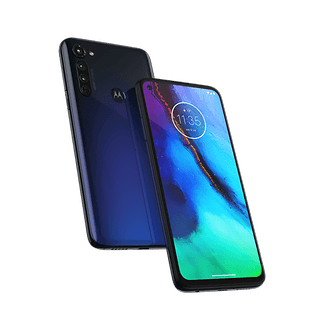
Who is the Moto G Pro for?
Smartphones with an integrated stylus are suitable for all users for whom fingertip operation is deemed to be too inaccurate. The category of such users happen to be those who like to take down handwritten notes on their smartphones or for those who want to express their creativity with doodles while one is on the move. This is certainly possible with the Moto G Pro, although the handset offers far less power than the latest Galaxy Note 20 range. You should not look for a desktop or laptop replacement with the Moto G Pro. On the other hand, in comparison to the latest and in our opinion, controversial Galaxy Note model, it is a whole lot more affordable.
This is because it is tagged at only just under €270 ($323) while carrying a recommended retail price of €330 ($394). This smartphone can be ordered from various online retailers with only a single color version - Mystic Indigo.
What I like about the Moto G Pro...
The design and finish
The Moto G Pro does not try to charm you with a glass back or a curved screen. Nevertheless, the workmanship and feel of the smartphone are rather convincing in the review. This can be mainly whittled down due to the form factor, which is relatively thick because of the stylus. The Moto G Pro sits well in the hand, especially when it is placed in the transparent plastic case that accompanies the handset right out of the box. It also provides enough grip in one's hand. With a relatively hefty weight of 192 grams, it does convey a high-quality impression.

As is typical with Motorola smartphones, the right index finger will always be able to find room in the recessed Motorola logo that is located on the back. Within this logo lies an integrated fingerprint sensor which the manufacturer has included. It also carries a dual-function: to be able to access the notification bar with a downward swipe. The level of precision and operating speed of the biometric access are fine, but they are not outstanding.
Another nice detail is the etched power button that is located on the right side of the chassis. The more you get to know the Moto G Pro, you will notice more cleverly integrated functions that make you feel as though you are able to work faster and more efficiently with the device over time. This also includes the little workarounds provided in the operating system, which long-established Motorola fans can hardly imagine living without.
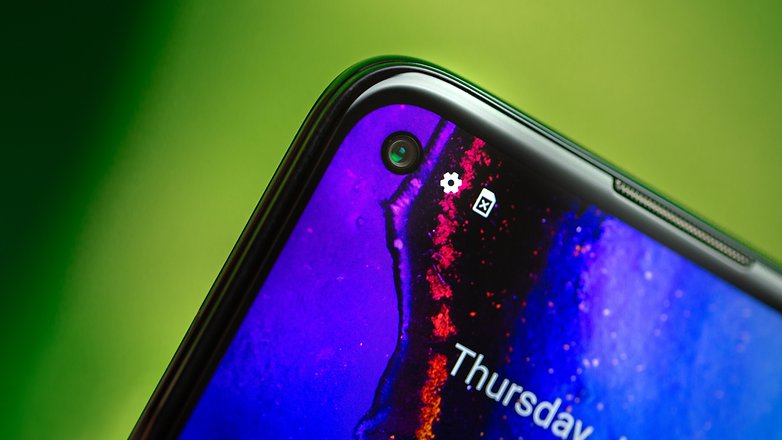
The operating system
If you perform two short taps with the Moto G Pro, you will activate the flashlight, for example. Here you can infer from my own experience that this shortcut to activate the flashlight comes in handy when you want to earn some side income as a pizza delivery person to finance your studies, where it makes searching for house entrances in the dark a whole lot easier. But even beyond this rather rare scenario, the Moto G Pro's operating system is a well-rounded performer.
This is because Motorola has ensured that Android One is installed on this smartphone, where it thus delivers an amazingly close experience to the stock version of Android, the very same Android that is found on Google's own Pixel smartphones, for instance. Without a lot of bloatware and with an update guarantee of at least two years, Android One works very well as a mobile operating system. Motorola has also ensured that the next operating system version, Android 11, will make its way onto the smartphone. Security updates are also guaranteed for three years with Android One. In terms of software, the Motorola Moto G Pro guarantees longevity, perhaps even longer than a high-end Samsung device.
Speakers
With two powerful stereo speakers, one that fires directly in your direction from the ear cup and the other from the device, this handset packs a powerful surprise in the review. The performance of the compact audio system is convincing enough for YouTube videos, and the sound is sufficient even for occasional music listening. The speakers are loud enough and do not tend to crack even when it is set at maximum volume.
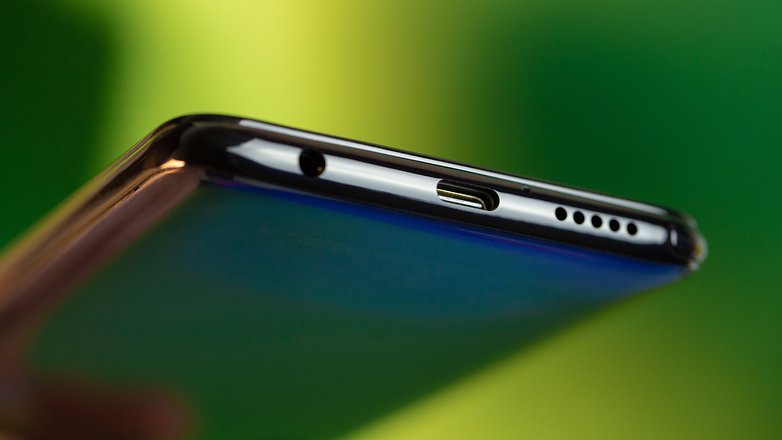
In addition to Dolby certification, the pre-installed app "Moto Audio" is particularly impressive, as it optimizes the sound each time the speakers are in action. Using the link in the notification bar, you can select from five preset levels or customize them by fiddling with the different properties. If you want to have an even more precise audio experience, use the 10-band equalizer of the custom sound profile, and hear the difference. In practice, your adjustments have a real impact on the sound quality and the predefined presets happen to be very useful. Moto Audio also optimizes headphones or speaker sound, which you can connect via the 3.5-millimeter audio port or Bluetooth.
The display
With the Moto G Pro, Motorola proves that an OLED display is not always necessary for smartphones. The manufacturer relies on an IPS panel that is convincing enough for everyday use in terms of sharpness and color reproduction. The contrasts and the discreet punch-hole front-facing camera also attracted positive attention.
Similar to the Xiaomi Note 9 Pro, there is some slight ghosting that happens around the screen's cutout camera. There is some concern surrounding the brightness levels of the 6.4-inch screen which leaves something to be desired, especially when you are using it under direct sunlight. If you make use of the operating system's dark mode here, you won't be able to see too much.
What I don't like about the Moto G Pro...
The stylus
Unfortunately, what could have been the most interesting feature of Moto G Pro (theoretically) is not quite convincing in real life. This is because Motorola uses a solution with a capacitive tip as a stylus, which basically only imitates the input of an electrically conductive finger. Therefore, it is impossible for the Moto G Pro to recognise that the stylus is hovering just a few millimetres above the screen's surface, something that the Samsung S-Pen does very well. In addition, the tip of the Motorola stylus is wider and flatter than other styluses such as the Apple Pencil. There is also lag when it comes to doodles, and this lag is clearly noticeable in the Moto G Pro.
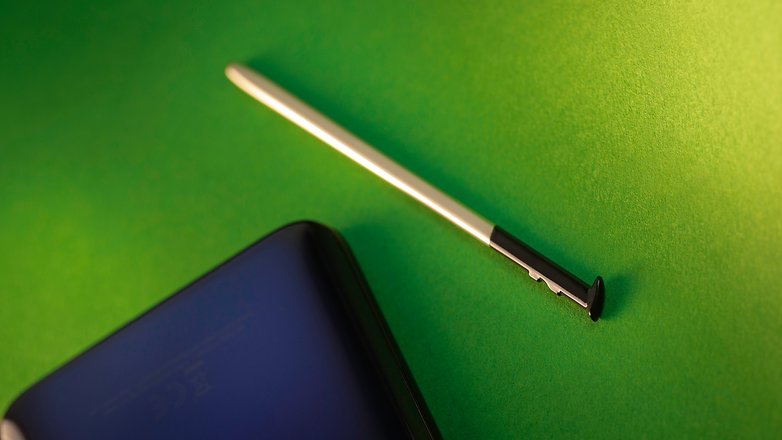
The application bar, on the other hand, which launches automatically after the stylus is pulled out, is very practical. You can use it to launch Motorola's own note app among other things. The app gets the maximum out of the nameless stylus, simply because it is capable of distinguishing between the input from a finger and the input from the stylus. The app also recognises should you use the stylus with different pressure levels. Third-party apps or Android's own note app does not notice any difference between the finger and the pen, and this translates to the thickness of the brush being changed within the third-party app's settings itself. Without proper finger recognition, you must take extra care not to place your palm on the screen, which means that using the stylus in the long run can be quite a tiring experience.
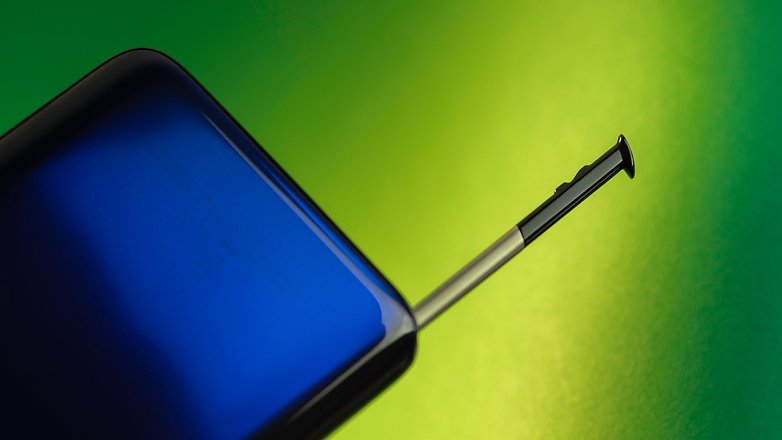
For example, if you were to use the handwriting recognition found on the pre-installed Google keyboard, your hand must always remain in the air. For the test sentence "With this sample text, I will find out whether I can write faster with a pen or with the keyboard of Moto G Pro", I required about one and a half minutes with the stylus - at that is also accompanied by a couple of errors. Using the virtual keyboard, it took me only 25 seconds, whereby I also made an error.
The stylus itself is made from approximately three-quarters metal and then merges with dark plastic, similar to the LG Stylus 2's stylus. This provides the stylus with a clear pre-determined cut-off point for you to know just when the stylus is stored securely into the chassis of the Moto G Pro itself, where a "click" lets you know that it is not going to fall out anytime soon. However, a clever option that the Moto G Pro has pulled off successfully is this: it records the location and time where the stylus was last pulled out. Should you misplace your stylus, at the very least you will have a direct clue of where to begin searching for it. Removing the stylus is not performed via a spring mechanism, but by pulling it out, so there is a lower chance of having it fall out by accident.
The performance
Although the Android One operating system ensures that it does not need plenty of processing firepower, the Moto G Pro performs rather sluggishly at times, with the loading times of selected apps ending up as an annoyance in everyday use. The built-in Snapdragon 665-SoC is not at all weak in performance actually, where it even manages to display Call of Duty: Mobile smoothly with the highest graphic settings in the test.
As with the Oppo A91, it does help a bit to speed up the animations of the operating system in the developer options or to turn them off completely. After doing so, everything runs a bit faster, making the performance levels acceptable for a mid-range smartphone. Armed with 4GB of RAM, using the Google Chrome browser with Google Photos app simultaneously still ends up as a jerky experience. The Moto G Pro isn't a notebook replacement that provides you with the possibility of multitasking via the stylus, that is for sure.
With a 4,000 milliampere-hour battery, the Motorola Moto G does have the endurance to last quite long. In the practical review, we had to charge the smartphone after two days of rather irregular use and were able to make use of the smartphone's rather slow quick-charge function. The included power supply sports an output power of just 15 watts. The smartphone indicated to us after connecting the USB-C-plug that once it is fully charged, where it takes approximately one and a half hours.
The camera
While Motorola can score points with the operating system, gestures, and the Moto Audio app, the camera app does disappoint. This is because Motorola has innundated it with pointless functions like changing the background of portrait pictures. The poor cropping feature turns the already questionable 'special function' into a gimmick, and the face touch-up is just as bad.

The camera app isn't particularly intuitive either, as special functions like the macro mode are always included in the main selection between video, portrait and photo mode. They can only be turned off again with this function. It is more intuitive here to use the back gesture of Moto G Pro. However, this would shut down the camera app completely.
The camera app is similarly confusing when deciding on the resolution. Here, Motorola offers resolutions like "12 MP (recommended) 48 MP/Quad Pixel". In the end, the images have a resolution of 12 megapixels and apparently Motorola adds another four pixels of the sensor to one (hence, quad pixel). But I'm a bit puzzled that even the RAW mode images have a resolution of only 12 megapixels. As long as this calculation results in better pictures, the "cheating" with the resolutions is bearable - nevertheless Motorola should decide on a clearer name.
Overall, the Moto G Pro's pictures are okay, but they don't really knock anyone's socks off. Apart from the main sensor with its alleged 48 megapixels, there is also a depth sensor and an ultra-wide-angle camera located at the back of the handset. The fourth "lens" on the back is a laser autofocus which in theory, brings about no noticeable advantages in actual use.

More test images of the Moto G Pro camera can be found in the Google Drive folder.
The camera app also includes a function called "Action Cam". This feature was first introduced by Motorola in the Moto One Action, where the smartphone snaps horizontal shots using the main camera, even when the phone is held vertically. The videos are supposed to be very well stabilised with very little or no shake at all, but in real life, the pans look quite rubbery and fake. It's nice to see that the action camera manages Full HD shots at 60 frames per second though. However, 4K is reserved for the normal video function.
Final verdict
For fans of the stylus in smartphones, the Moto G Pro is an interesting mid-range model. However, if you have ever worked with Samsung's S-Pen and are looking for a comparable experience in the Moto G Pro, you will most probably be disappointed. The capacitive pen works with a considerably longer lag and doesn't have any special functions. Nevertheless, it replaces fingers that are too thick with a precise input option that you can always carry with you.
Nevertheless, there are many shortcomings of this smartphone in our review, where we are especially aghast at the disappointingly sluggish performance despite having in theory, some rather respectable hardware. In addition, the inclusion of the stylus makes the smartphone look quite thick and chunky. The smartphone also lacks IP certification, so even the great speakers and the installed Android One operating system, this is not a home run for Motorola.
Picking up the Samsung Galaxy Note 8 would prove to be a comparable alternative - one that comes with a very good stylus. The former flagship is already available on the net at prices that hover around €350 ($418), although software and security updates are something that the Galaxy Note 8 loses out on considering the age of the device. Alternatively, two purchases are recommended in this case: a mid-range smartphone and a high-quality stylus, which you have to seriously consider. The Xiaomi Redmi Note 9 Pro offers considerably more battery life and is a bit cheaper despite sporting an even larger display. With the Stylo 6, LG has also introduced a new mid-range smartphone with a stylus in the USA. It might be worth waiting for a German release of the LG handset. More smartphones that go for less than $300 can be found here.
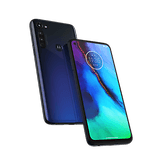




















What's the achilles heel of all Lenovorola phones, you guessed it the ? 's. They barely crack the top ten so they always keep me away? They always state, much improved but in reality never are?
They're fine for most conditions and users really. It's only at the more demanding conditions and users that they begin to perform poorly. If you're that kind of user, then yes this not for you. Most people would be well served with this camera and phone. Besides, GCam ports are available within a few weeks of release for side loading.
This is the G Stylus in the US. I have it. I'm quite pleased with it for my uses. The camera isn't special but it is better as a plain shooter than the review indicates with the detour into the gimmicks that I don't use.
My only complaint is that TWRP and root are stalled, but that's not unique to this device right now.